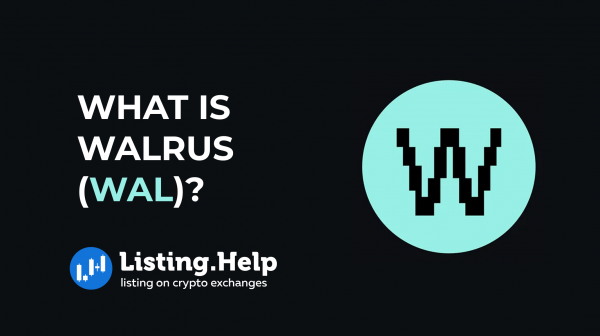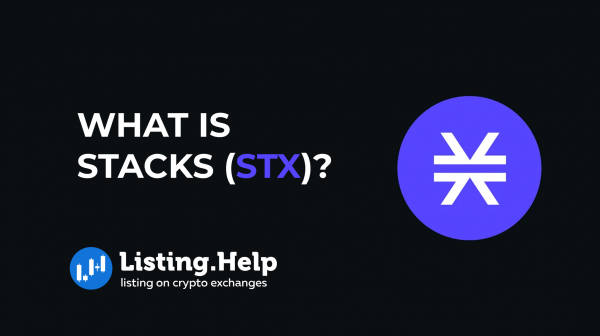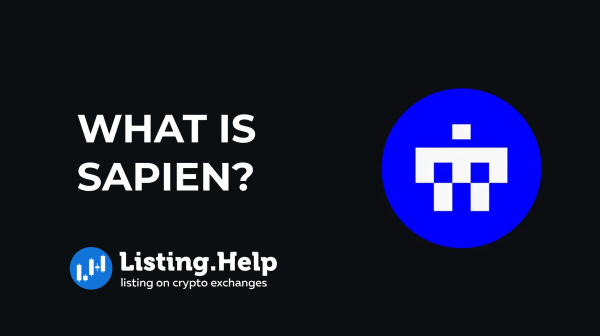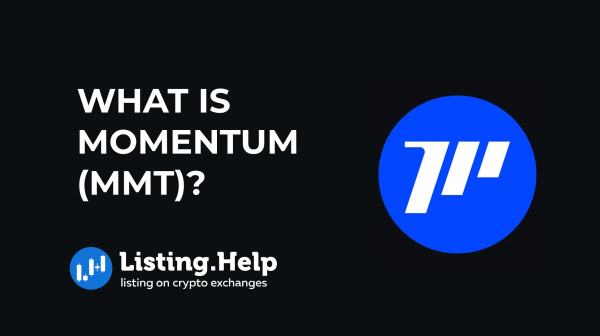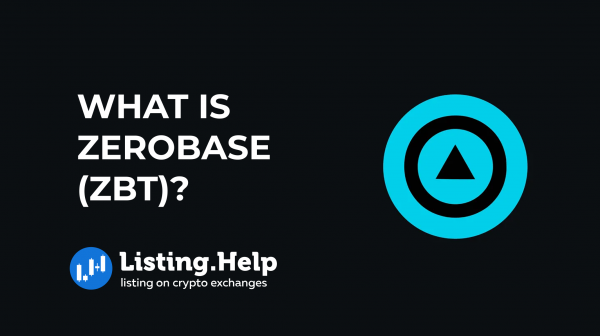What Is Waves?
 November 7, 2024
November 7, 2024 Updated: May 18 2025, 09:04
Updated: May 18 2025, 09:04
LEAVE A REQUEST
Launching your own token project? Our experts are ready to help with listing on exchanges, market making, marketing and other solutions
SUBMIT APPLICATIONWaves is a blockchain on which tokens can be created, issued and traded. The blockchain is characterized by its ease of use and high transaction processing speed. Based on Waves, users have access to tools for creating applications and tokens, making it a versatile tool for developers and entrepreneurs.
Who Created Waves and When
Blockchain was launched in 2016 by Russian entrepreneur Alexander Ivanov. Waves emerged on the nascent interest in blockchain technology. Its goal was to create a powerful and simple platform for decentralized applications and token trading, ultimately making it easier to access decentralized technologies and create tokens without deep technical knowledge.
Major Development Milestones of Waves
The project continues to evolve, releasing network updates and expanding the functionality of the platform. Over the course of its existence, Waves has undergone a number of significant developments. These have included the Waves-NG protocol, which significantly improved network bandwidth, and the Waves.exchange decentralized exchange, which allows assets to be traded securely and conveniently within the network.
Now the Waves team is working to improve and expand its ecosystem, adding new features and introducing all kinds of support for developers and entrepreneurs.
How Does Waves Work?
Principles of the Waves Blockchain
The blockchain is powered by the Waves-NG protocol, which optimizes transaction processing. The protocol was developed based on the Bitcoin NG concept and adapted to its network. The protocol is capable of processing up to 100 transactions per second, compared to Bitcoin’s 5-7 transactions per second.
Waves-NG makes the blockchain flexible and reduces the likelihood of network congestion during periods of high usage. This flexibility makes it possible to create resource-intensive financial services or social networks on the blockchain.
Types of Nodes: Full and Lightweight
There are two types of nodes on the blockchain: full nodes and light nodes. Full nodes contain the full history of transactions made on the blockchain and are involved in confirming new transactions. Light nodes, on the other hand, allow users to conduct new transactions without having to download the entire history of the blockchain.
This separation makes the network accessible to users with limited technical resources, allowing weaker hardware to connect to the network. And for the network, connecting new validators is a plus, as it increases the decentralization and stability of the blockchain.
Leased Proof-of-Stake (LPoS) Consensus Mechanism
Unlike traditional Proof-of-Stake (PoS), which is used by many blockchains and where validators are rewarded for validating transactions based on the number of coins staked, Leased Proof-of-Stake (LPoS) allows nodes to rent tokens. That is, each token holder can delegate tokens to participate in blockchain validation and receive a portion of the reward for doing so. Such a solution makes validation more flexible and accessible to a wide range of users.
Waves-NG: Unique Protocol Characteristics
Waves-NG technology, which maintains a high level of validator activity even under heavy network load, makes it unique among other blockchains. The real-time processing of large amounts of data is particularly important during airdrops of various projects and major events in the crypto industry, which require a large number of transactions at the same time. When other blockchains may not be able to handle the load and go down, stopping or delaying all transactions on the network, Waves’ technology can hold up and continue processing transactions.
H2: Functionalities and Benefits of Waves
Smart Assets and the Ride Language
The Waves blockchain supports the creation of smart assets instead of traditional smart contracts, which are characterized by a simplified structure and reliability. Using the Ride programming language, developed specifically for Waves, developers can create tokens and programs on the blockchain. Ride is characterized by its simplicity and security, as it does not use complex logic constructs, which reduces the risk of errors and ensures high performance.
However, learning a new programming language may discourage some developers as it requires time and resources, especially as there are a large number of blockchains written in the more popular programming language Solidity. Therefore, although Waves has a unique technology, it does not have as many developers in the ecosystem as it could have if it had chosen a more popular solution due to its proprietary programming language.
Waves.Exchange: The Decentralized Exchange
As mentioned above, Waves has its own DEX exchange, Waves.Exchange. The platform offers simple token trading as well as more complex features such as margin trading and staking. Due to the low fees and high speed of transaction processing, the platform can be useful for traders and arbitrageurs who are interested in speed and volume of transactions. This gives the exchange an advantage that allows it to compete with other DEX exchanges.
Unique Features for Businesses and Developers
For businesses and developers, API tools and SDKs are available on Waves to create their own blockchain-based solutions, as well as complete solutions for tokenizing assets, creating smart contracts and integrating with existing systems. These tools give the platform flexibility and the ability to create large-scale projects.
Why Does WAVES Have Value?
The blockchain has its own token, WAVES, which is capitalized at $114 million. The token can be bought on the major CEX and DEX exchanges, such as Bybit or MEXC. The token itself has several uses. Firstly, it is used to pay transaction fees and to stake and generate additional revenue for its holders. As a result, the token is deeply integrated into the functioning of the ecosystem and is preferred by all participants in the network.
Future Prospects of Waves
With the growth of the DeFi sector and increasing interest in it, the Waves blockchain continues to strengthen its position in the market. The team is actively working on new updates and adding new features to the platform that will allow it to follow market narratives.
The project plans to expand its ecosystem and support new projects and their developers. By constantly adapting to changes in the market, Blockchain remains in demand by the community and has the potential for further growth.

For more insights and updates on the crypto world, don’t forget to check out our blog at Listing.Help




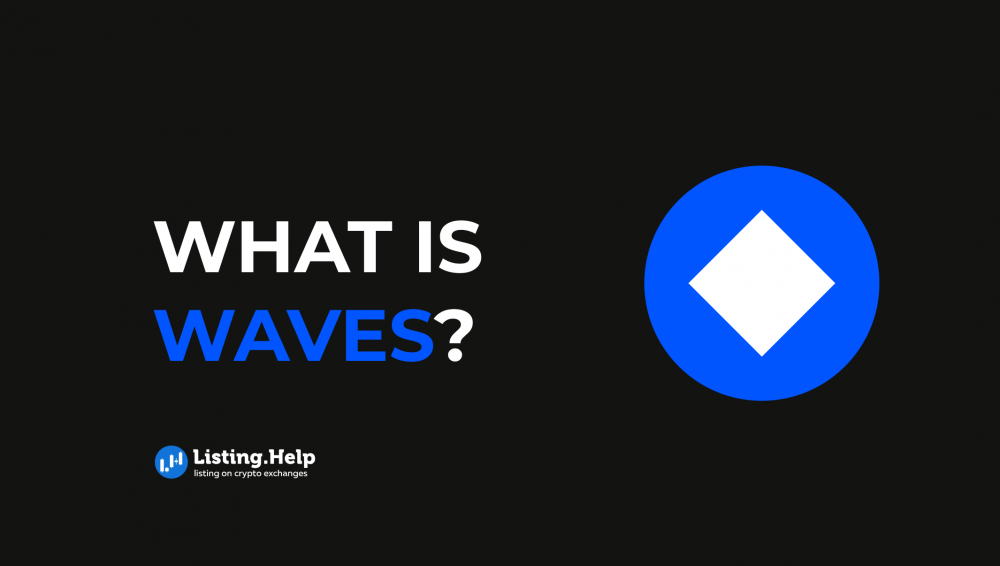

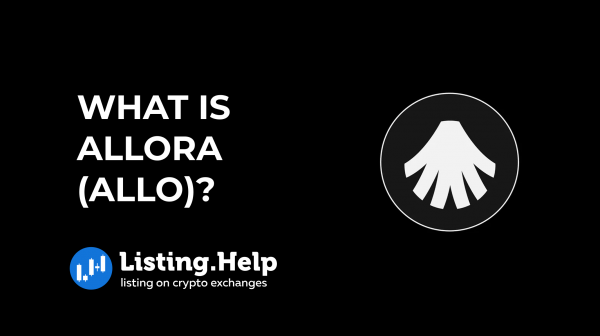
 December 29, 2025
December 29, 2025 
